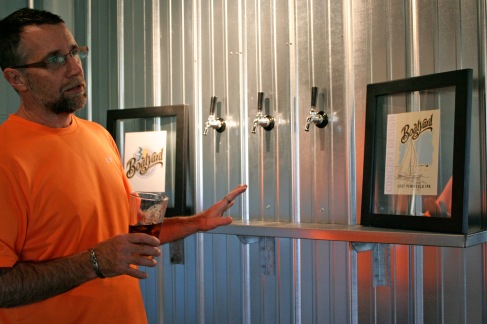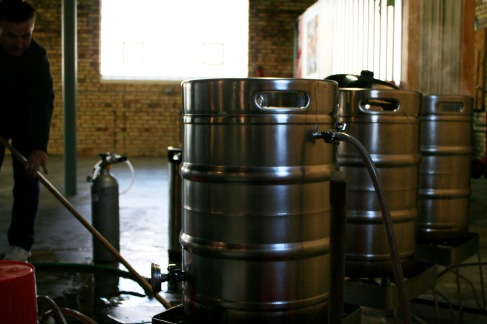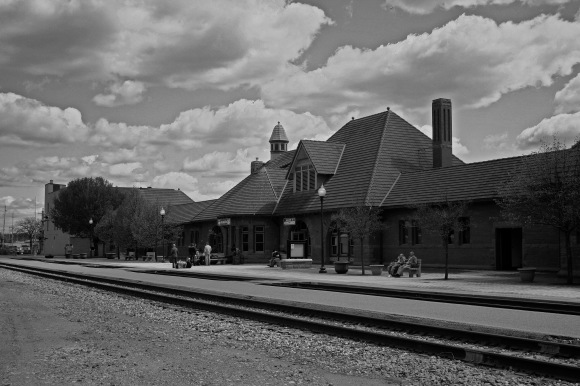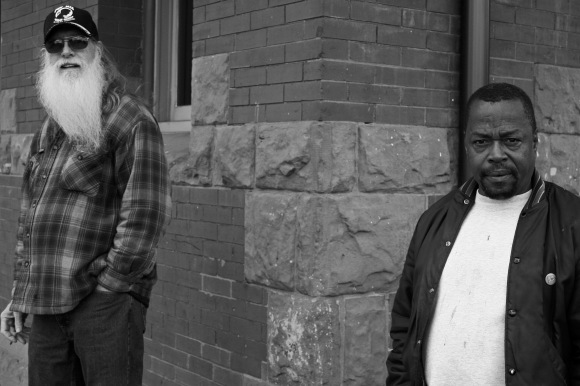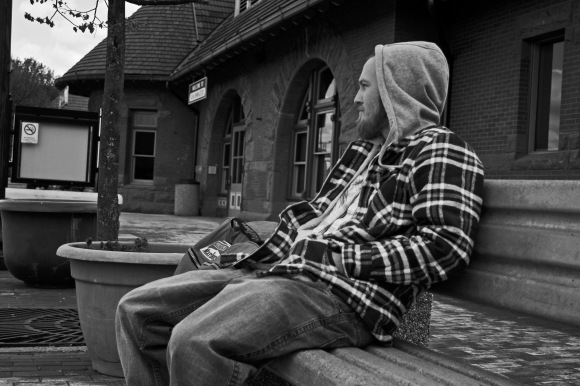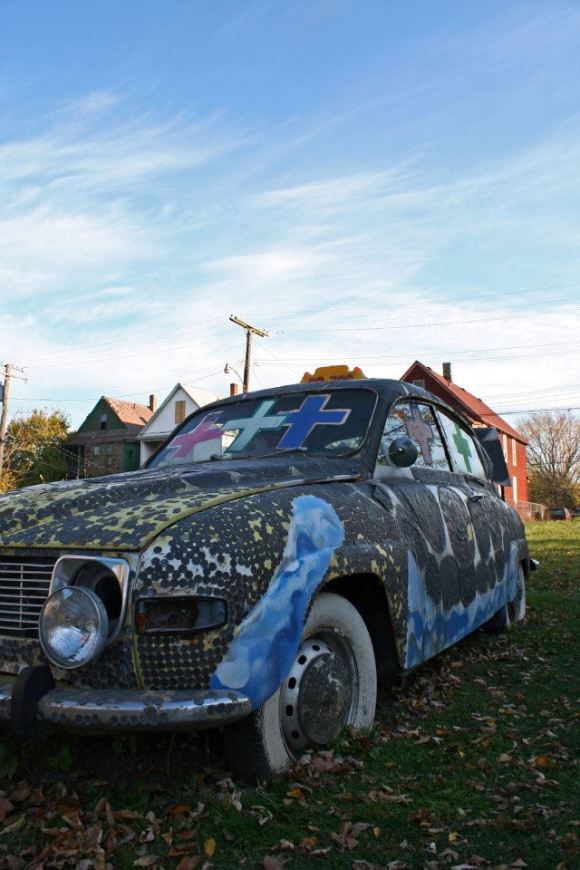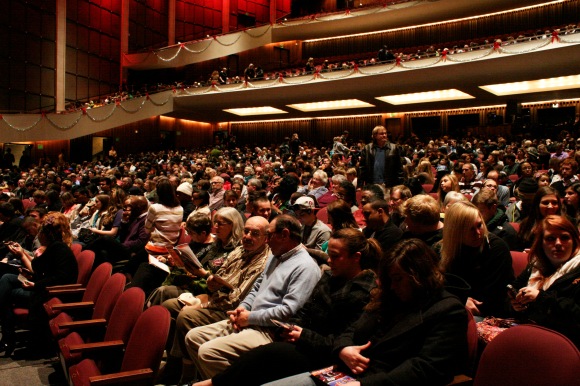It’s no secret that there is an abundance of beer in Kalamazoo. Recently, livability.com, a travel website that lists the best cities for certain events and vacations, has ranked Kalamazoo as number four on their top 10 best beer cities in the nation. With Kalamazoo’s mass variety of breweries and brewpubs, it is easy to understand why.
Kalamazoo’s very first brew pub, Olde Peninsula was established in 1996 and is home to their five original in-house brewed beers with occasional seasonal beers available. Current brew master, Dan Kiplinger, can be seen carrying out the brewing process right in the restaurant while patrons enjoy a meal and a cold beer.
Vicki Bolen, general manager of Olde Peninsula, said that people from all over the country, and even abroad, have come in to sample their beer. Beer enthusiasts coming to Michigan for brewery tours usually make an appearance at the restaurant.
“Having Kalamazoo beer week, I think we’ve gotten some state wide, if not nationwide recognition of being a city that has really embraced our beer,” said Bolen. “We get really good feedback. People love our IPA.”
Bolen said that things to look forward to from Olde Peninsula is their double IPA that is currently aging in buffalo traced bourbon barrels and should be available in May.
Because Olde Peninsula is a brewpub and not a brewery, they can only sell their beer on their premises. Unlike brewpubs, Kalamazoo breweries such as Bell’s and Boatyard Brewing Co., have the legal ability to distribute their beers outwards for sale in stores, bars and anywhere else beer is sold.
Bell’s Brewery is one of Kalamazoo’s most prevalent breweries and has become a staple trademark to the city’s beer culture. Selling their first beer in September of 1985, Bell’s is the oldest craft brewery East of Colorado.
When Larry Bell, founder of Bell’s Brewery, was starting up his business, he was using a 15-gallon soup pot to brew his beer in. Today, Bell’s has grown into a fully operational brewery with an on-site pub and a new 200-barrel brew house located in Comstock.
Bell’s was the first Michigan brewery to open an onsite pub. Renovations have recently been taken place on the pub adding an additional bar and stage for live performances. Bell’s also opens up a beer garden during the summer months where patrons can sit outside and enjoy a cold beer on a hot day, occasionally catching a show on their outdoor stage.
The major success of Bell’s Brewery has inspired other home brewers to try their luck in the beer industry. Two friends, Dan Gilligan and Brian Steele, were sitting in a garage drinking their homebrew when they had a life changing idea; they were going to start their own brewery.
Boatyard Brewing Co. (BBC) was established by Gilligan and Steele during the summer or 2011 and is in the process of becoming the newest addition to Kalamazoo’s beer scene. Looking to retire from their day jobs in a few years, Gilligan and Steele said that they wanted to do something that they loved, and that’s brewing beer.
“We’re Boatyard Brewery, we’re the happy brewery,” said Steele.
Recently moving their brewing facility from Gilligan’s garage to a warehouse on E. Patterson St., the two men, and their apprentice Dennis Massingill, are working hard to get everything ready for opening day set to be on Dec. 21 of next year.
“We’ve had extremely successful tasting events. We’ve been putting our money to try to create a following rather than open up and go ‘come follow us’,” said Gilligan. “And we’ve been able to do it. The day we pull the trigger, we’ll pull the trigger and go ‘ka-boom’ rather than just a little trickle.”
Currently they are brewing their popular Midnight Star and their Pumpkin Ale. Steele said that they have been working for months to get the Pumpkin ale to the taste that they want. He said they want a mellow and well-rounded ale that is not overpowered by spices. Like all of their beers, they’re aiming for drinkability.

